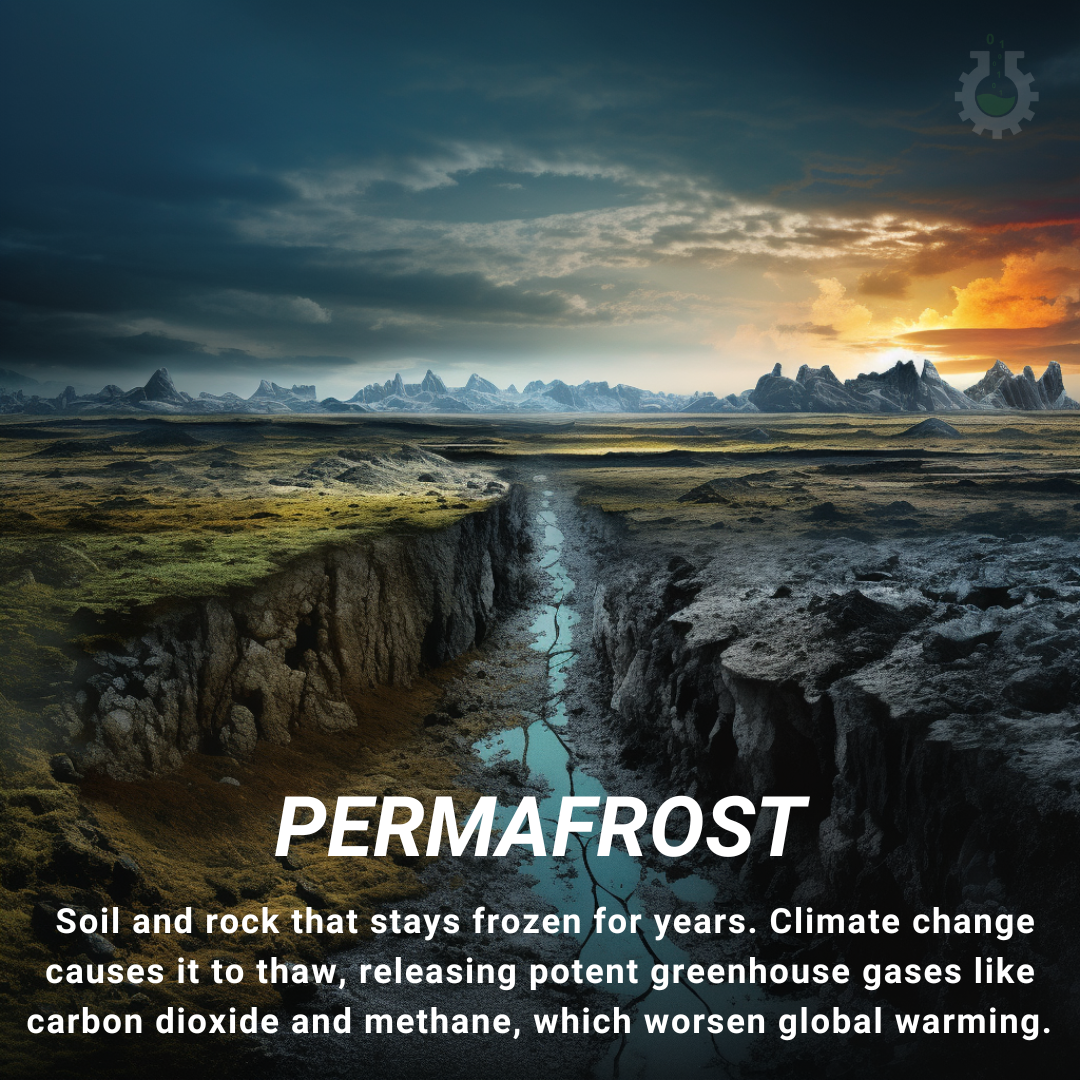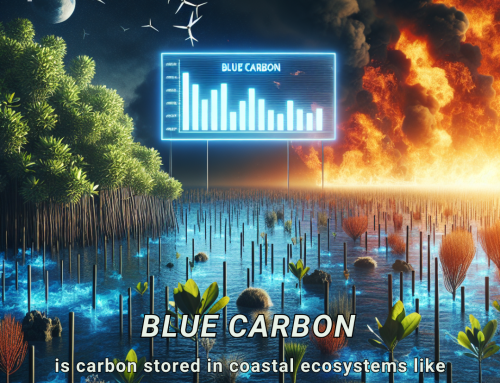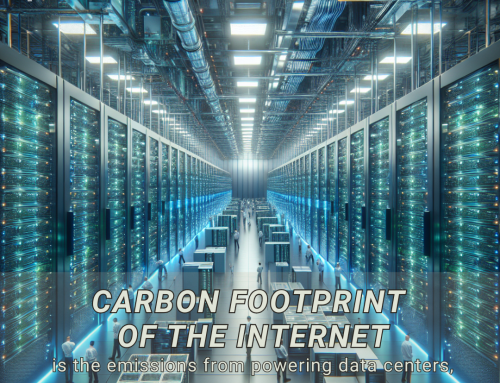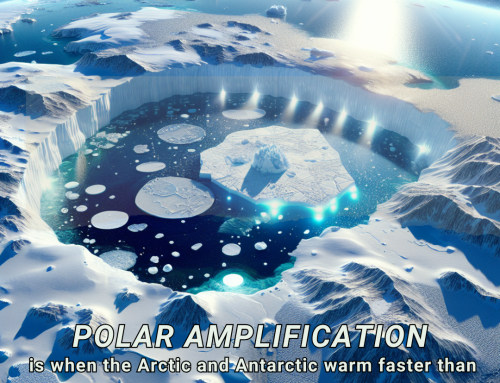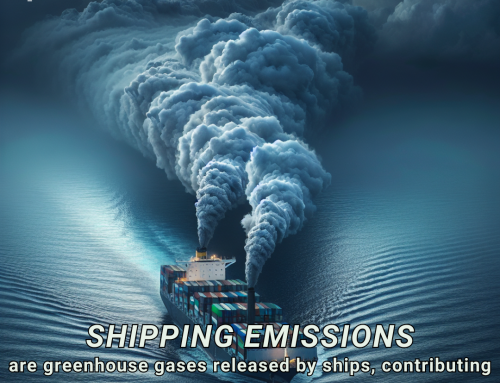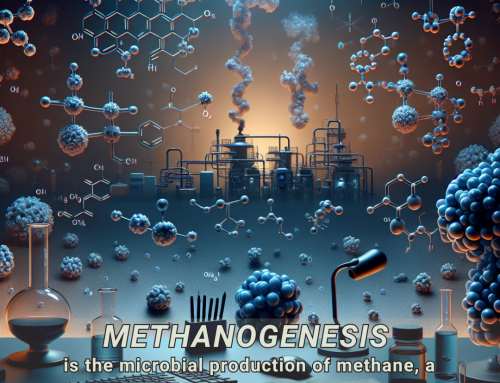Project Description
Permafrost refers to soil, sediment, or rock that remains frozen at or below the freezing point of water (0°C or 32°F) for two or more consecutive years. It is typically found in polar regions, such as the Arctic and Antarctic, as well as in some high-altitude mountain areas. Permafrost contains organic matter, including dead plants and animals, that has been preserved in a frozen state for thousands of years.
Connection to Climate Change Impact: Permafrost is closely linked to climate change because it contains vast amounts of organic carbon, which has been stored in a frozen state for centuries. As global temperatures rise due to climate change, permafrost is thawing at an accelerated rate. When permafrost thaws, the organic matter it contains begins to decompose, releasing greenhouse gases, primarily carbon dioxide (CO2) and methane (CH4), into the atmosphere. These greenhouse gases contribute to the enhanced greenhouse effect, trapping heat and leading to further global warming.
The thawing of permafrost also has other environmental consequences, such as land subsidence, changes in ecosystems, and the release of ancient pathogens. The feedback loop of permafrost thaw amplifying climate change is a significant concern for scientists and underscores the urgent need to address and mitigate the effects of global warming.


